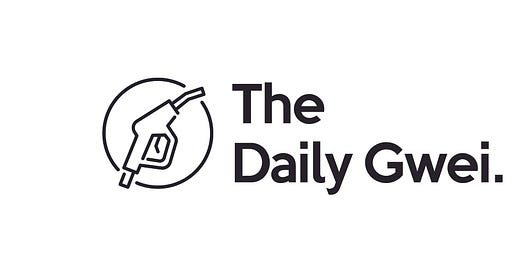We all know and love EIP-1559 by now and I don’t think I have to go over why so many people are excited about this amazing Ethereum upgrade. Though what I think not enough people truly understand is the impact that both EIP-1559 and the eth1 <> eth2 merge is going to have on ETH as an asset. Let’s explore.

Okay, let’s start with a quick recap on what ETH is and why it’s such a powerful asset. ETH is a unique asset on Ethereum - it is fully decentralized, trustless, programmable, has an incredible amount of CEX & DEX liquidity, and its market cap is large which means ETH serves as amazing economic bandwidth. ETH can be used as trustless collateral within DeFi, to stake on the Beacon Chain, and to pay fees for transactions on the network. With EIP-1559, the network supercharges that last use-case by burning most of the fee revenue being generated so that most of the value of the activity on the Ethereum network is redirected to ETH holders instead of the service providers (miners or stakers).
Now, in a post EIP-1559 and post eth1 <> eth2 merge world is when the magic of all of this really starts to shine and it’s what I like to call the ‘ETH Supercycle’. The way this cycle works is like this:
ETH is staked to secure the Beacon Chain
Staked ETH earns rewards via a block reward, fees and MEV (and value is driven to ETH via burned fees)
The Beacon Chain staking APR is high because of these value drivers
More ETH is staked to capture this high APR
ETH price goes up over the long-term due to fee burn + more ETH locked in staking
Repeat steps 1 to 5
This supercycle obviously has diminishing returns and there is a “soft limit” on how many validators can be active at any one time (and thus how much ETH can be staked - around 30 million) but this entire cycle works to take as much of the ETH supply out of circulation as possible and directly drive value to that staked ETH via fees paid & fees burned. On top of this, the merge is going to reduce new ETH issuance by about 90% and new ETH issuance (plus some fees) will be going to ETH stakers who aren’t forced to sell this ETH to cover enormous running costs (unlike miners who need to pay for hardware and electricity).
Of course, stakers aren’t the only ones benefiting from all of this - any ETH holder is exposed to a price rise in ETH from these fundamental drivers. On top of all of the above, ETH is still going to continue being used in DeFi (currently 11 million ETH locked in there and growing) and it’s also going to be used as a store of value asset, a money to power various Ethereum-based economies and a fiat inflation hedge. This isn’t even to mention all of the institutional buying that I believe ETH will be enjoying over the coming months from public companies to ETF’s to retirement funds.
I’ve not been shy about my $10,000 price target for ETH and I’ve been saying it since late 2019. Though after you really consider and understand the implications of Ethereum’s monetary policy in a post EIP-1559 and post merge world, it’s hard to think that ETH is going to just peak at $10,000 (around a $1.15 trillion market cap which is what BTC reached at its all time high). If Ethereum does truly become the new global infrastructure for finance and ETH remains at the heart of this infrastructure (it will), then it’s not too farfetched to say that Ethereum’s market cap could one day reach $10 trillion or more.
Yes, that would give ETH a price of near $100,000 or more and no, I don’t think that’s crazy. Of course, a $100,000 ETH is not going to happen any time soon but if your outlook is decades then that really doesn’t matter - just sit back, relax and stack that gwei!
Have a great day everyone,
Anthony Sassano
Join the Daily Gwei Ecosystem
All information presented above is for educational purposes only and should not be taken as investment advice.




